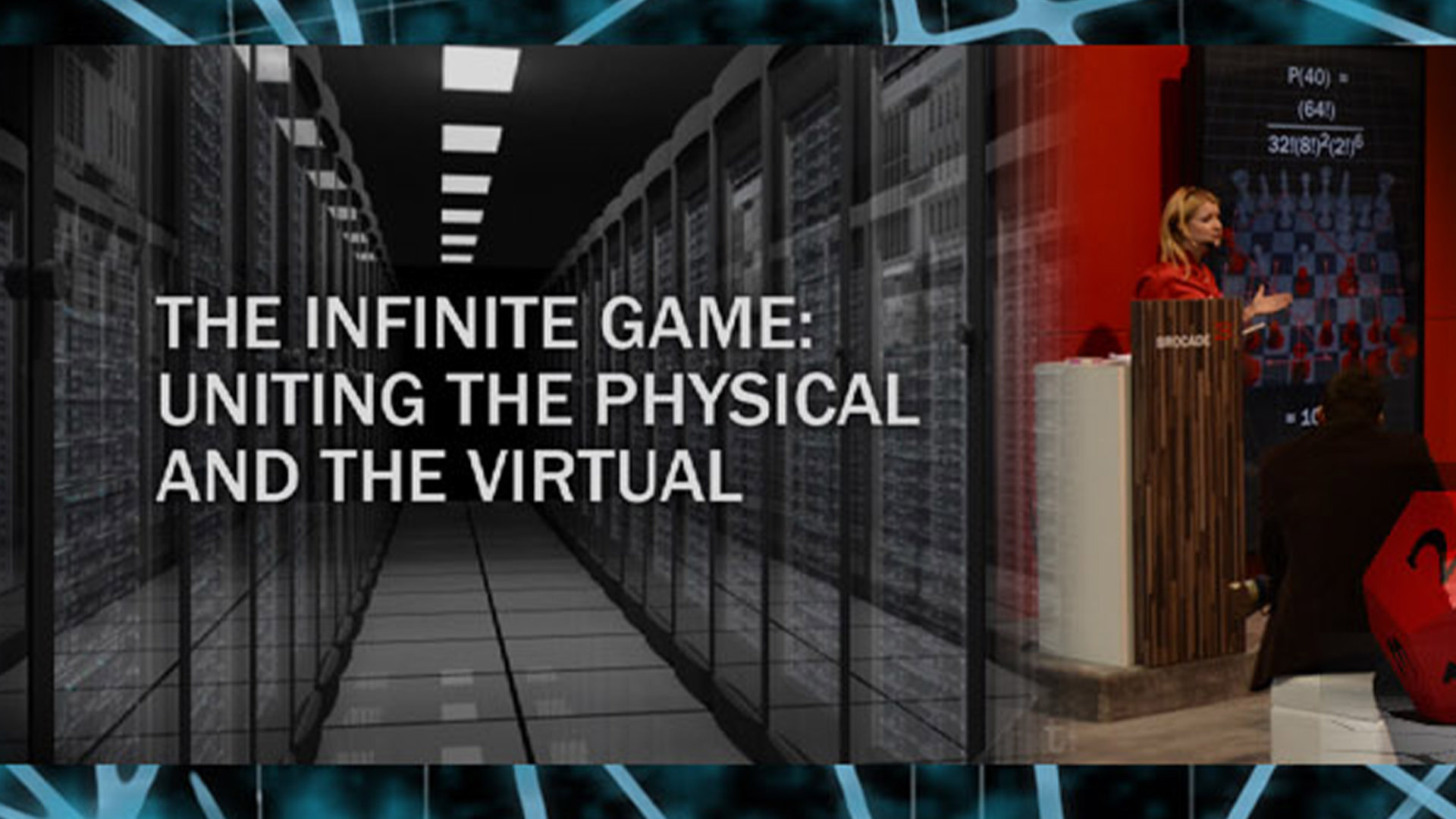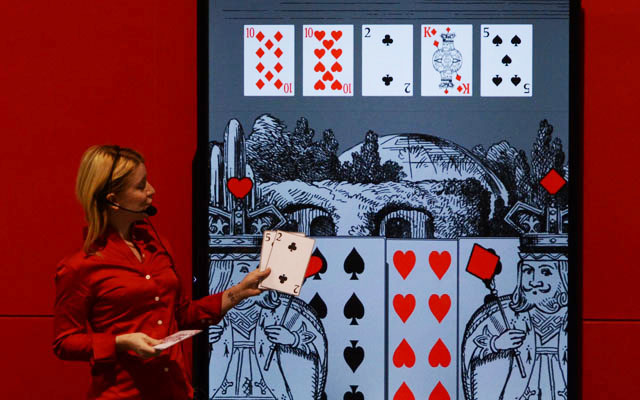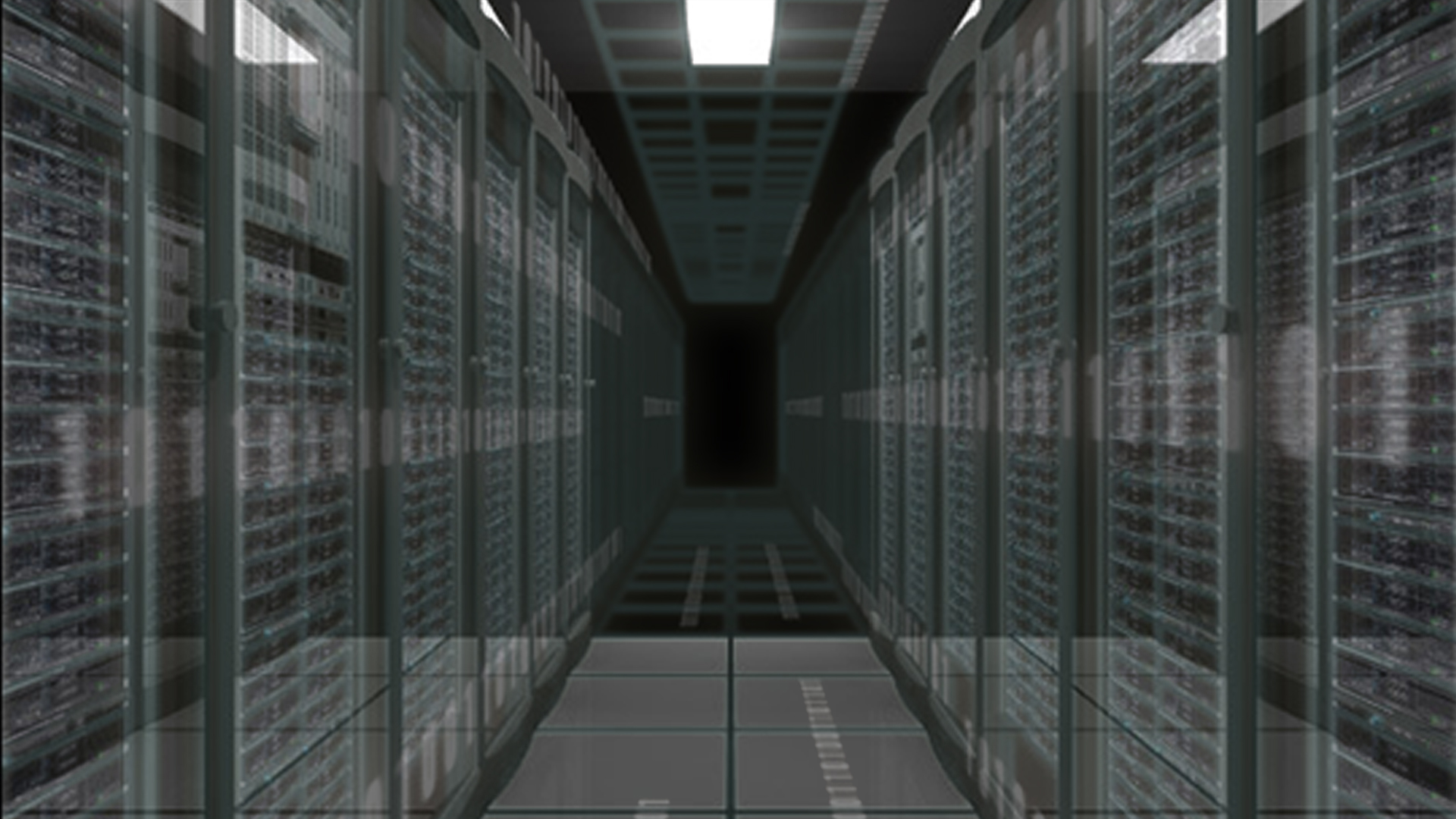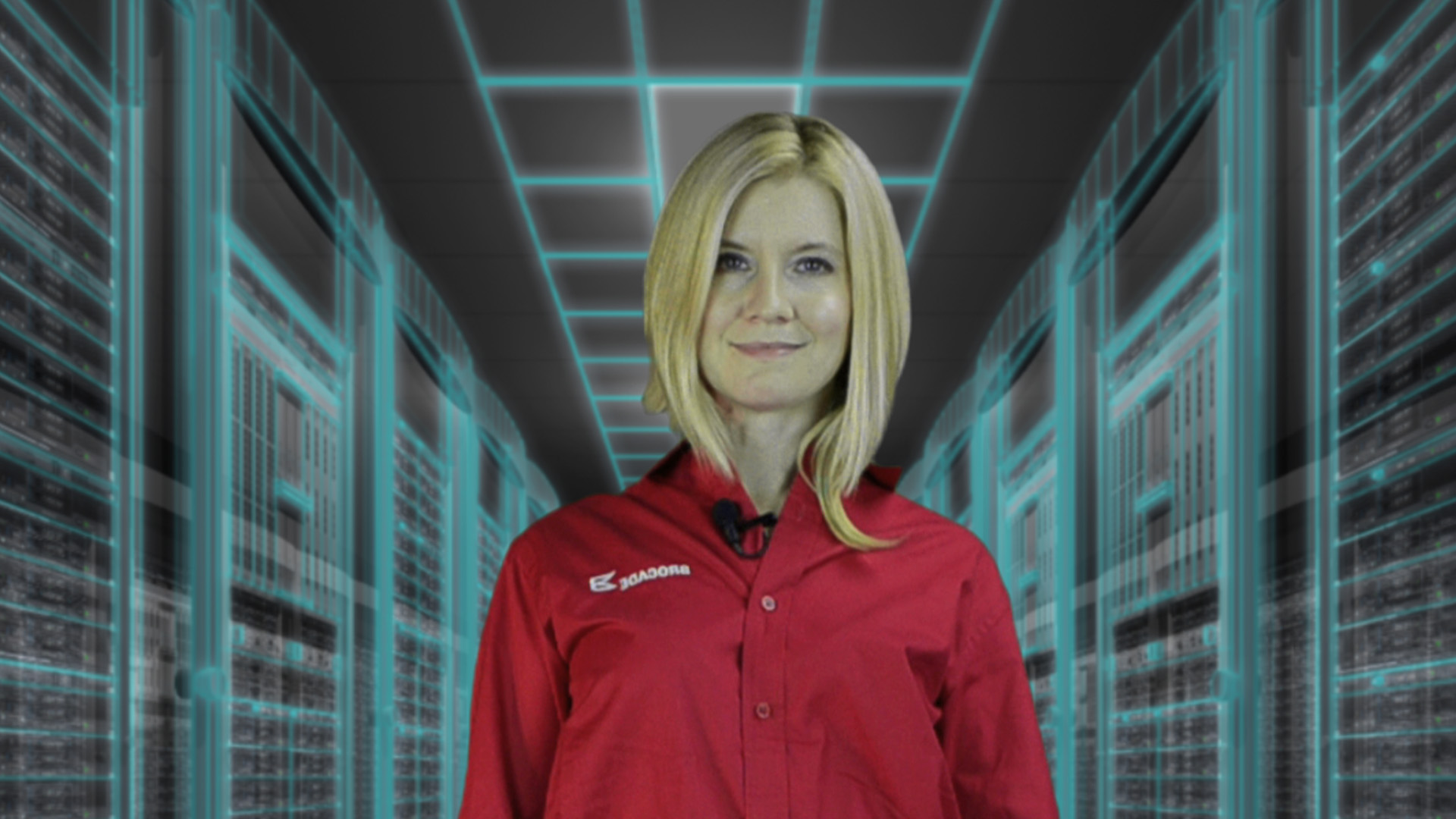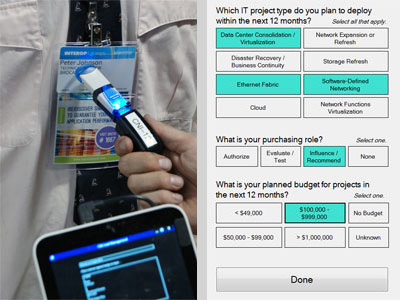At the VMworld trade show in Barcelona, Spain, a major Silicon Valley technology company wanted to more effectively convey the messages around their latest networking products. The challenge was to convey a highly technical message without the all-too-common “death by PowerPoint” — to capture and engage an audience weary of an environment filled with bullet points and marketing pitches.
Our creative team proposed addressing this challenge by building an engaging and entertaining story around the company’s message through examples, analogies, and metaphor, and using imagery and themes that their audience would find familiar — and fun. After reviewing and analyzing the company’s core messaging for the event, a narrative experience was designed entitled “The Infinite Game: Uniting the Physical and the Virtual” — a story that expressed essential messaging themes through the language of games, presented with a nod to the spirit of Lewis Carroll.
Presenting Complex Technical Concepts Through Gameplay
To support this story a variety of interactive media assets were created, from video to 3D graphics — representing a range of game-related themes, from chess and playing cards to ‘80s-style arcade games. In a nod to Carroll’s “Through the Looking Glass” and the theme of “uniting the physical and the virtual,” a life-sized “virtual presenter” was created to accompany the physical presenter during the show.
A Custom Interactive Presentation Theater
For the Barcelona event, the existing booth design was examined and a reconfiguration proposed, integrating a custom-designed multi-projector system and a rear-projection screen with gestural interface. Fabrication of custom elements took place in our Los Angeles shop and all content development (2D/3D animation, video, and sound design) and custom interactive programming in our LA studio.
On site, a custom tablet app allowed elements of the system such as the presentation schedule to be configurable by event staff through a handheld interface. The system supported an interactive narrative presentation, and also provided a user-driven interactive experience for booth visitors (“kiosk mode”) between presentations.
To create a seamless experience spanning the digital and physical components, a “virtual” model of the trade show booth was integrated into the interactive presentation theater, clearly indicating in three-dimensional terms where audience members could find further information and demonstrations relevant to their interests.
The results of this new approach to the exhibit experience were remarkable. Within the first day, the company met their lead acquisition goal for the entire event. And the responses of audience members were overwhelmingly enthusiastic. Remarked one attendee,
I wanted to thank you again for showing that it’s possible to make creative presentations that stand out and are not like the typical sales presentations that everyone else is doing.
Following the success of this event, updated versions of “The Infinite Game” were developed for the additional iterations, including the company’s presence at the subsequent Supercomputing show in Denver, Colorado. Once again, as in Barcelona, the response to the presentation on the part of the highly technical audience was very positive: “You nailed it,” said a representative of a prestigious European research institution — one illustration of how we achived the goal of speaking to the needs of this demanding community in language to which they could relate.
Event Metrics
At trade shows the primary goal is to convey a compelling story — one that furthers the client’s messages — to the event audience. But there’s another narrative, which could be described as “the story of the story” — that is, the story of the audience’s experience in the event environment. Much of this “meta-story” can be told with measurements of how well the activation succeeded in meeting its goals: numbers that answer questions such as “how many people came through the booth?” or “what was the total attendance for presentations?” or “what topics generated the most interest?” In addition to these metrics, it’s also possible to track anecdotal information, like audience reactions to a presentation or demo. All this combined information helps create a more complete picture of how successful the event was, and how the process can be improved.
And of course at any trade show it’s imperative to acquire leads for the sales team. Acquiring and managing leads is an essential part of trade show production, and can involve a number of technologies. This system uses a hand-held NFC reader to pull data (name, contact information, etc.) from the badge directly to a tablet-based application. Badge data is then immediately transferred to the show database. From here it’s archived for reporting and analysis after the event — but once an attendee’s information is in the database, it can be used for many purposes during the event as well. For instance, we can track the progress of the attendee through multiple stages of the booth experience: from a presentation, to a demo station, to a one-on-one discussion with a staff member.


